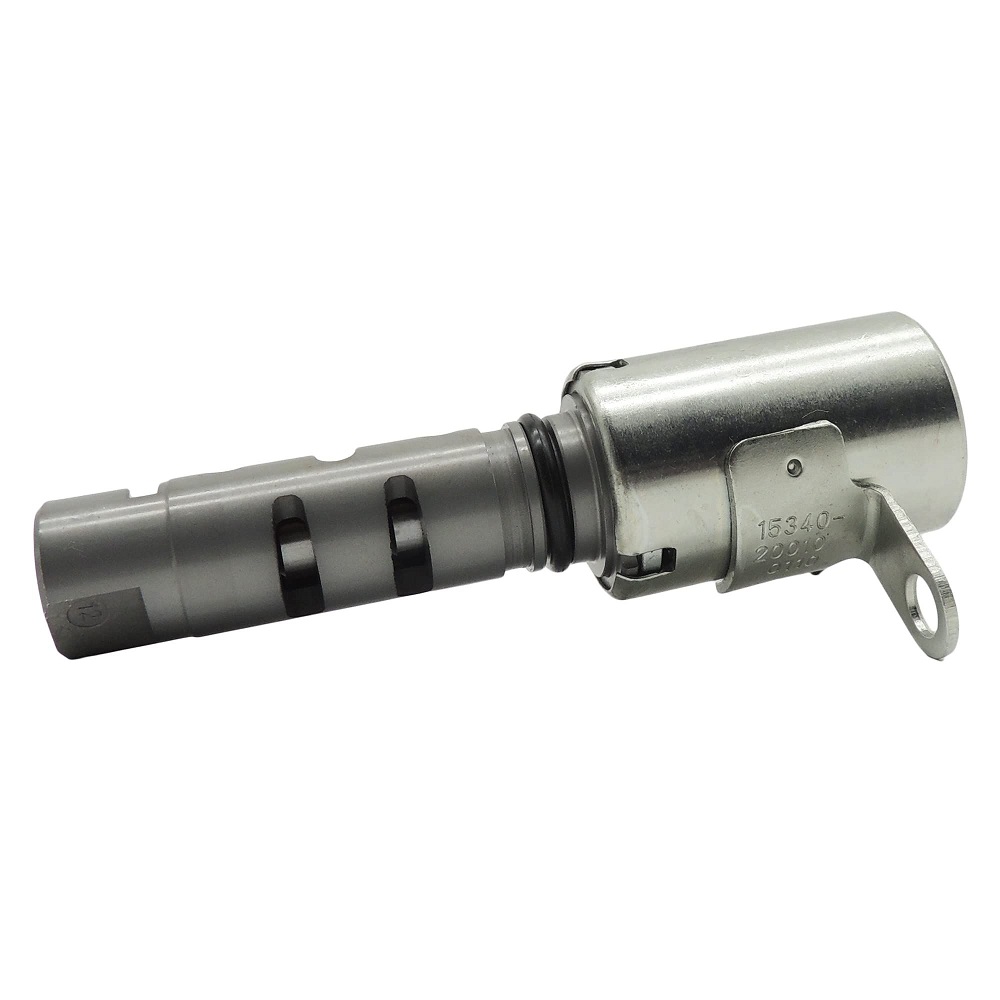Variable Valve Timing (VVT) systems have revolutionized modern automotive engines, optimizing performance and enhancing fuel efficiency. A crucial component of these systems is the VVT solenoid. This small but powerful device plays a pivotal role in the effective operation of the VVT mechanism. Understanding the function and significance of the VVT solenoid can help car owners and enthusiasts appreciate the technology that aids in maximizing engine efficiency. This article will explore the workings of the VVT solenoid, its benefits, common issues, and how it contributes to a more sustainable driving experience.
Understanding VVT Systems
1. What is VVT?
Variable Valve Timing is a technology that allows an engine to optimize valve timing and lift according to various operating conditions. Traditional engines operate with fixed timing, which can lead to inefficiencies in fuel consumption and power generation. VVT systems adjust valve timing based on factors such as engine speed and load, improving performance across a wider range of conditions. This optimization results in better throttle response, increased power, and reduced emissions.
2. The Role of the VVT Solenoid
The VVT solenoid is an electromechanical device that controls the flow of oil to the VVT system. As part of the engine’s camshaft control, it communicates with the engine control unit (ECU) to determine when to alter the valve timing. Based on the data received from various sensors, the ECU sends a signal to the solenoid to either open or close the oil passage. This opening and closing dictate how the VVT system alters engine performance, making the solenoid a critical element in the functioning of VVT technology.
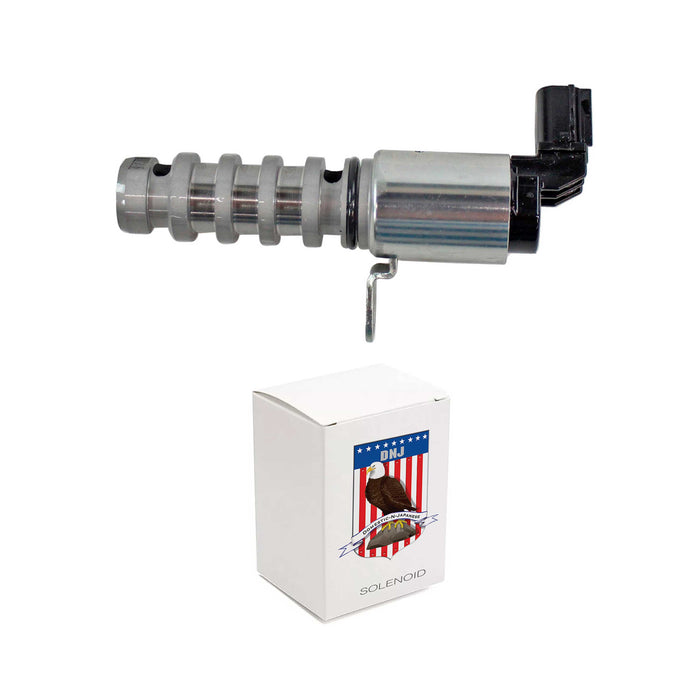
3. Importance of VVT Solenoids in Modern Engines
In a world that increasingly prioritizes fuel efficiency and emissions reduction, VVT solenoids have become essential components of modern engines. They enable manufacturers to meet stringent environmental regulations while providing drivers with the performance they expect. The adaptability of VVT solenoids contributes to a smoother driving experience and enhanced fuel economy, highlighting their importance in contemporary automotive engineering.
Key Benefits of VVT Solenoids
1. Improved Fuel Efficiency
One of the most significant advantages of VVT solenoids is their ability to improve fuel efficiency. By optimizing valve timing, these solenoids ensure that the engine burns fuel more effectively. This means that air and fuel are utilized more efficiently, resulting in better combustion. As a result, drivers can experience improved gas mileage, making VVT-equipped vehicles more economical over time. This efficiency is particularly beneficial in urban driving conditions, where frequent stops and starts occur.
2. Enhanced Engine Performance
Beyond fuel efficiency, VVT solenoids also enhance overall engine performance. By dynamically adjusting valve timing, these systems help improve throttle response and acceleration. Drivers will notice livelier performance during overtaking maneuvers and a general increase in driving enjoyment. This level of performance makes VVT solenoids an attractive feature for car enthusiasts who seek a balance between daily drivability and spirited performance.
3. Reduced Emissions
With environmental concerns at the forefront of automotive design, reducing emissions has become a priority. VVT solenoids contribute to cleaner engine operation by optimizing combustion. Efficient fuel consumption leads to lower CO2 and harmful gas emissions, helping manufacturers meet increasingly stringent emission regulations. As consumers become more environmentally conscious, the value of VVT-equipped vehicles becomes more pronounced, appealing to those looking to reduce their carbon footprint.
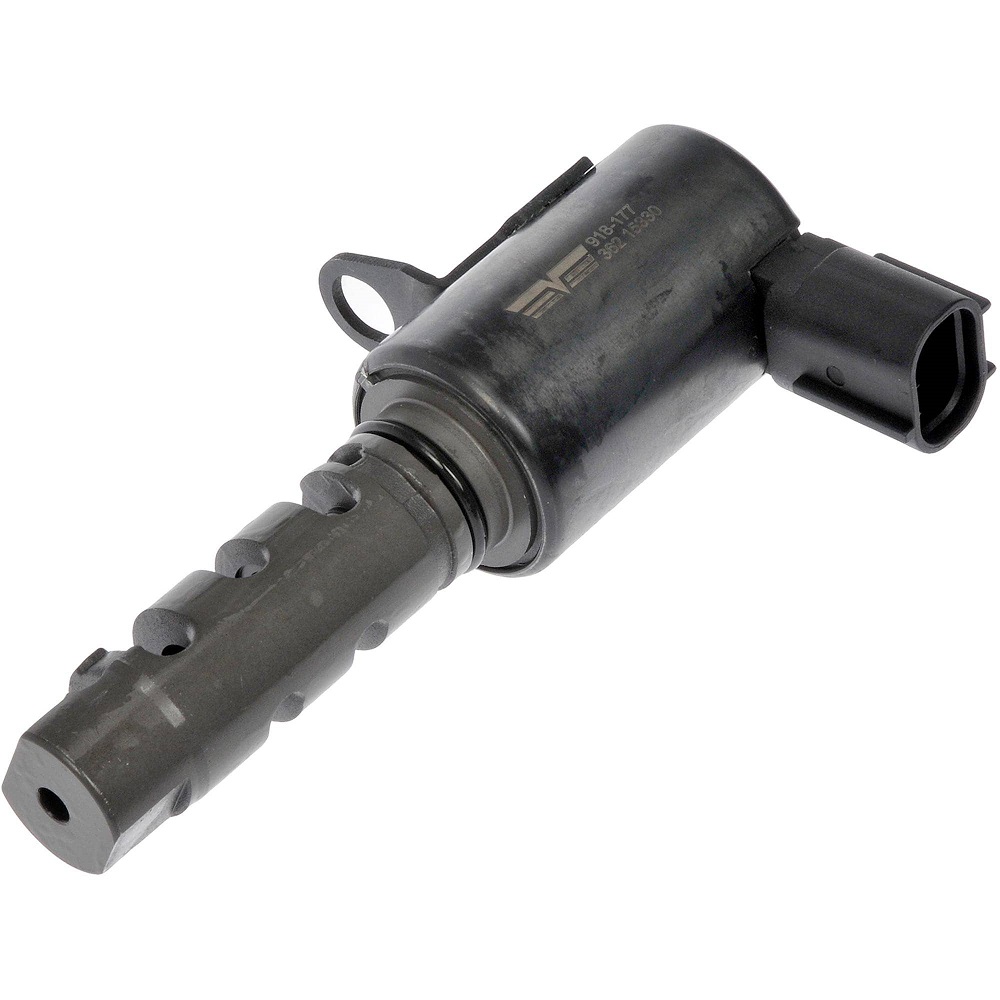
Functionality of the VVT
1. Oil Flow Regulation
The VVT solenoid regulates oil flow directly to the VVT system. When the engine is started, oil pressure builds in the system. The solenoid receives signals from the ECU based on engine parameters and decides whether to allow oil to flow into the VVT mechanism. If the ECU determines that the conditions are right for adjusting valve timing, the solenoid opens the oil passage, enabling the VVT system to function. This regulation is critically important for the timing of valvetrain adjustments.
2. Communication with the ECU
The VVT solenoid operates under the guidance of the vehicle’s ECU, which interprets input from various sensors in the engine. These sensors monitor parameters such as engine speed, load, and throttle position. By analyzing this data, the ECU determines the optimal timing adjustments needed for the engine to operate efficiently. The VVT solenoid acts on behalf of the ECU, ensuring that adjustments are made promptly and effectively. This seamless communication allows for real-time optimization of the engine’s performance.
3. Impact on Engine Dynamics
The functionality of the VVT solenoid directly influences engine dynamics. As the solenoid opens and closes, it impacts how the engine breathes and produces power. This impact can be felt during acceleration and while maintaining speed. Additionally, as valve timing is adjusted according to driving conditions, the engine performs more efficiently under varying loads. This capability enhances the overall driving experience, providing drivers with reliable power when needed.
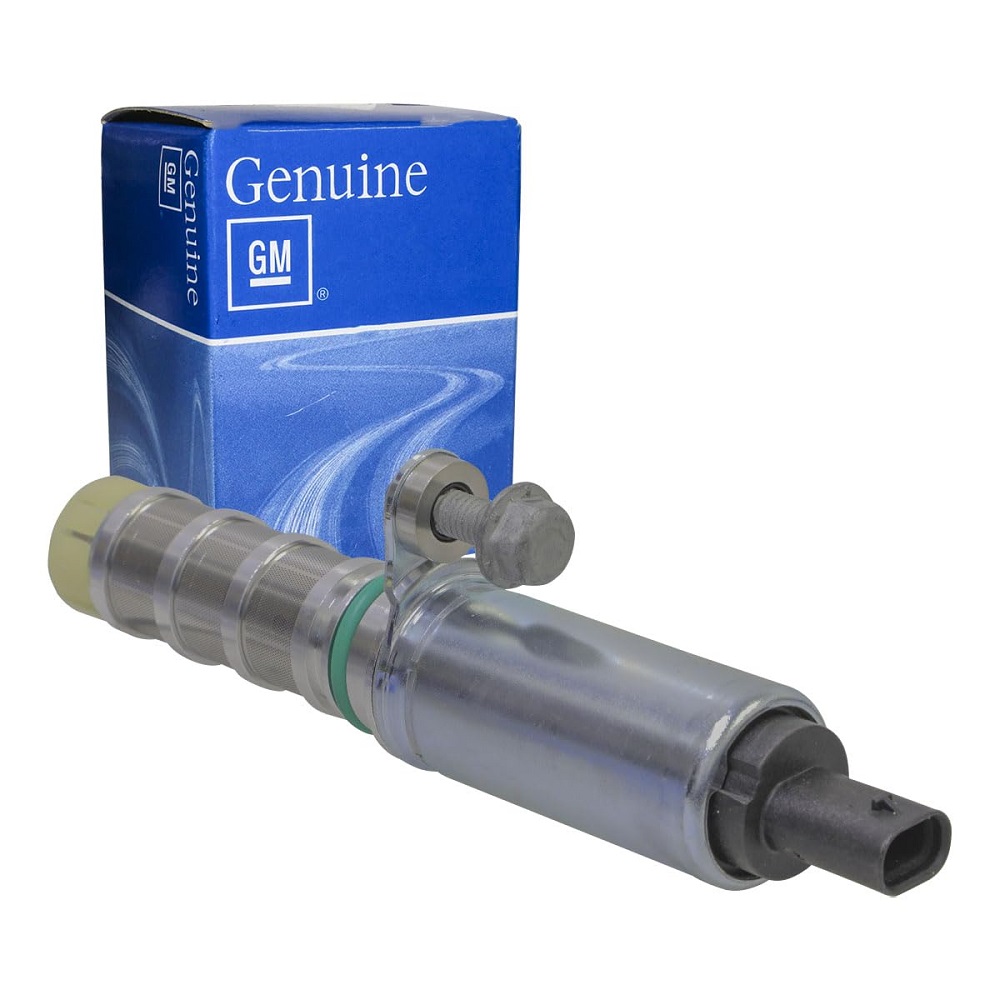
Common Issues with VVT Solenoids
1. Symptoms of VVT Solenoid Failure
Like any automotive component, VVT solenoids can encounter issues over time. Common symptoms of bad VVT solenoid include rough idling, reduced fuel efficiency, and a noticeable decrease in performance. Drivers may also experience engine stalling or a check engine light illuminating on the dashboard. Recognizing these symptoms early can help prevent further damage and allow for timely repairs.
2. Causes of Failure
Several factors can contribute to VVT solenoid failure. One common cause is the build-up of sludge or dirt in the engine oil. This buildup can inhibit the oil flow necessary for the solenoid’s proper function. Additionally, electrical issues or wiring problems can lead to malfunctioning solenoids. Regular oil changes and maintenance can help mitigate many of these issues, ensuring that your VVT system operates smoothly.
3. Repair and Replacement Process
If a VVT solenoid fails, professional diagnosis is essential. Many automotive technicians have the expertise needed to inspect, diagnose, and replace the solenoid if necessary. The repair process typically involves checking the electrical connections, cleaning the oil passages, and replacing the solenoid with a new component if it is faulty. Regular maintenance practices, such as changing engine oil and checking the VVT system, can extend the life of your solenoid and improve the overall performance of your engine.
Choosing the Right VVT Solenoid
1. OEM vs. Aftermarket Options
When selecting a replacement VVT solenoid, you will encounter both Original Equipment Manufacturer (OEM) and aftermarket options. OEM parts are designed specifically for your vehicle model and typically offer higher assurance of fit and reliability. However, aftermarket parts may come at a lower cost and can sometimes provide comparable quality. It is essential to research the manufacturer and read reviews before deciding, as the correct choice can impact your vehicle’s performance.
2. Understanding Compatibility
Before purchasing a VVT solenoid, ensure that it is compatible with your vehicle’s make, model, and year. Not all solenoids are interchangeable, and using the wrong component can lead to malfunction and further engine issues. Referencing your vehicle’s service manual or consulting a professional mechanic can help ensure you select the correct part for your needs.
3. Long-Term Considerations
When investing in a replacement VVT solenoid, consider long-term durability and warranty options. Look for manufacturers that provide warranties, as this can safeguard against early failures. Additionally, consider factors such as overall quality, materials used, and the manufacturer’s reputation. Selecting a high-quality product can yield better long-term performance and reliability.
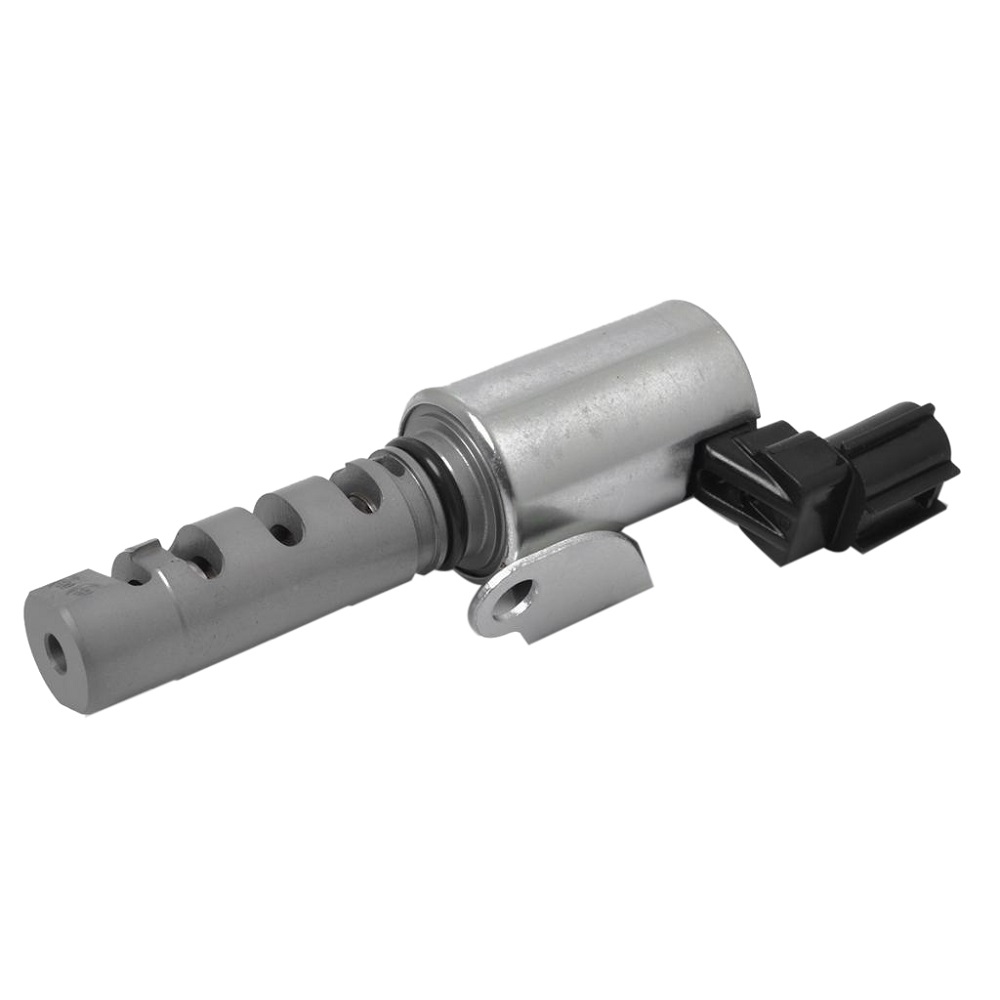
The Future of VVT Technology
1. Advancements in Engine Design
The future of VVT technology looks promising as manufacturers continue to innovate. Advances in engine design will likely lead to more sophisticated VVT systems that utilize multiple solenoids for greater precision in valve timing. These advancements will help further optimize engine performance, allowing for better fuel efficiency and further reduction in emissions. Integrating smart technology into VVT systems may enable real-time adjustments based on driving conditions.
2. Focus on Efficiency and Sustainability
With growing environmental concerns, the automotive industry prioritizes producing more fuel-efficient and sustainable vehicles. The effectiveness of VVT systems in optimizing combustion has gained attention for these goals. As regulations become more stringent, the demand for engines that utilize technologies like VVT will likely increase. Investing in further research and development is essential for enhancing VVT technology’s role in achieving emissions targets.
3. Integration with Hybrid Systems
The rise of hybrid and electric vehicles has created new opportunities for VVT technology. Manufacturers may explore ways to integrate VVT systems with hybrid powertrains to maximize efficiency. By adjusting valve timing and performance based on the battery’s charge and engine load, future vehicles could harness the benefits of both technologies. This integration could redefine traditional combustion engines and shape the future of automotive engineering.
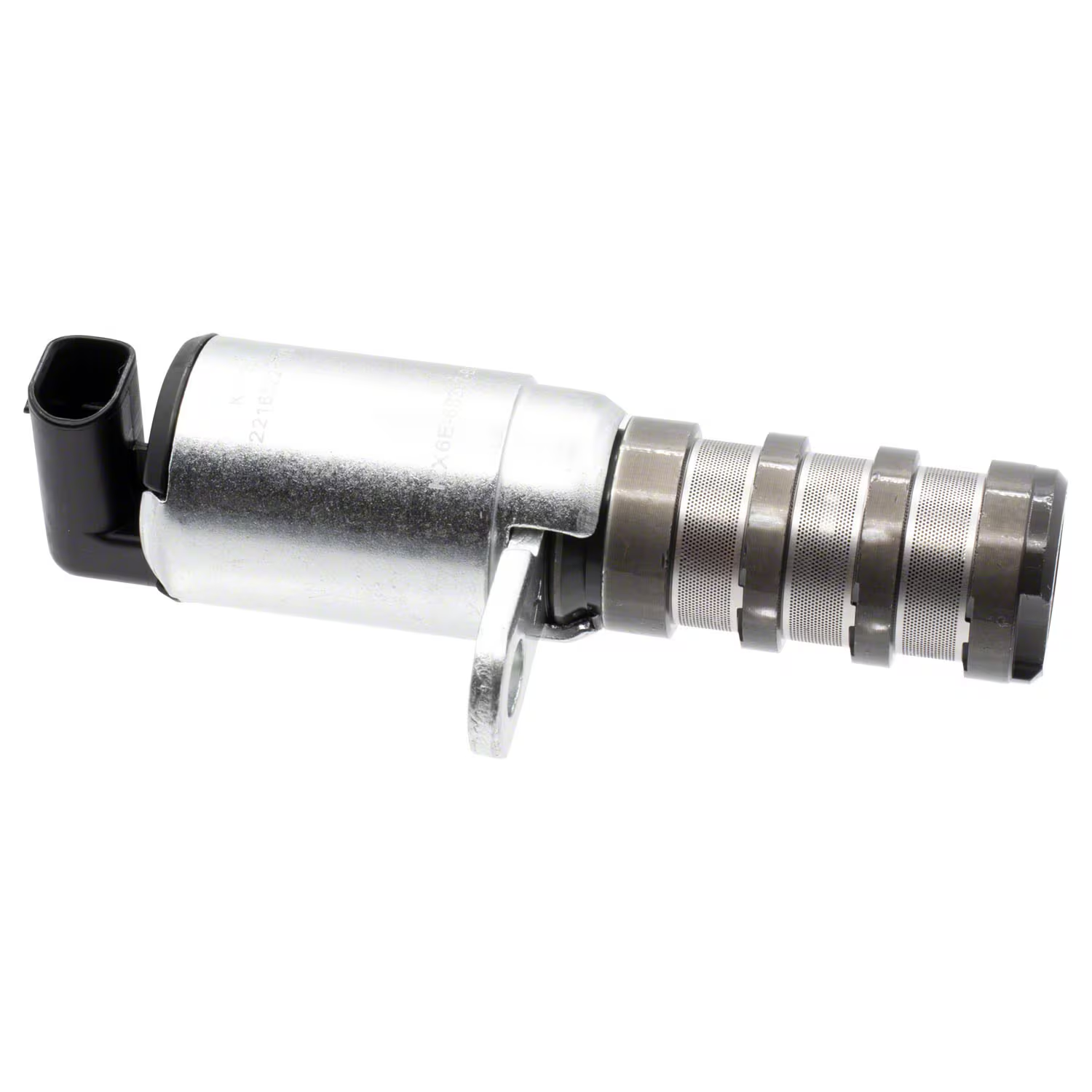
Conclusion
The VVT solenoid is a key component in the realm of variable valve timing systems, playing an essential role in enhancing fuel efficiency and overall engine performance. Understanding how VVT solenoids function and their benefits allows automotive enthusiasts and everyday drivers alike to appreciate their significance in modern vehicles.
As VVT technology continues to advance and adapt to environmental challenges, these solenoids will remain vital in ensuring that engines meet performance and sustainability standards. Maintaining your vehicle’s VVT system, including timely inspections and repairs, is crucial for optimal functioning.
By investing in quality VVT solenoids and staying informed about the latest developments, vehicle owners can enjoy a smoother, more efficient ride. Embrace the knowledge of this essential technology and appreciate the contributions of VVT systems to modern automotive engineering. The journey ahead is exciting, with innovative solutions shaping the future of efficient and eco-friendly driving experiences.
